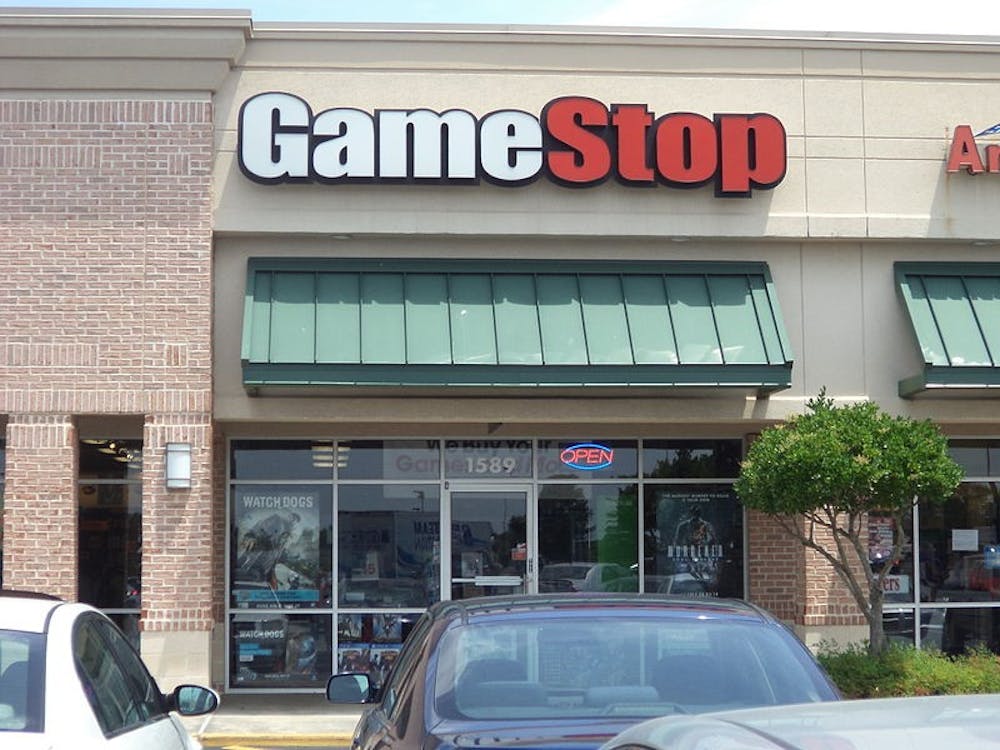Businesses, especially those in the video game industry, have good years and bad years but the products that steadily bring in revenue grant businesses buffers during the lean years. Public companies are especially susceptible to intellectual property stagnation due to the pressure they receive from shareholders to push profitable fiscal years. However, even the companies which have a large safety net don’t often take the risk of creating new IPs even with the potential of a large reward. This is mostly due to sales numbers in the past console generation (excluding the Nintendo Wii due to demographic differences of that console). In the previous console generation’s 25 best selling games, 23 of them were entries in an already established franchise. The two new IPs that made the list were “Gears of War” and “Minecraft.” However, “Gears of War,” even while being marketed as a major reason to buy an Xbox 360, still sold 300,000 less copies than “Halo: Combat Evolved” did on the original Xbox.
“Minecraft” (originally a digital PC-only game) illustrates the great potential profit of new IPs at 11.86 million physical copies sold, totaling sales of $320 million. While the sales numbers and subsequent profits of those two games are on par or higher than many other triple-A video game titles, they are nowhere close to the numbers of the top eight sellers which range from 18 million to over 35 million physical units sold: a number which equates to approximately $500 million to nearly $1 billion. As the the cost to develop video games has increased, publishers’ have become more reluctant to fund riskier ventures, such as new IPs.
While the business decision to create sequels is fairly simple, there might be a limitation to the profit of sequels. Franchises that have gone beyond the trilogy with continuous stories such as “Assassin's Creed” and “Halo” have experienced substantial drops in unit sales — 5 million from Assassin's Creed 3 to Assassin's Creed 4 and 3 million units from Halo 3 to Halo 4. Conversely, franchises such as “Call of Duty,” “Grand Theft Auto” and virtually all sports games have been very successful in their recent installments and unit sales have even greatly surpassed their predecessors. This discrepancy in sales is likely a result of the former pair of franchises’ lack of expanded or essential storytelling (obviously, a sports game doesn’t need a story to be engaging).
As the video game industry gets older, the number of new IPs will grow less due to the ability to reboot once popular series and new IPs becoming franchises of their own. IP recycling has been occurring in the industry for years as seen with the large number of “high-definition remasters” on both the last generation and current generation of consoles. This trend will continue in the future as proven by the upcoming franchise reboots of the ”Shenmue” and “Doom” series 10 years after their predecessors. While there will always be consumers that complain about the lack of new ideas, in the end it doesn’t really matter. There’s always another generation that will buy those games.







